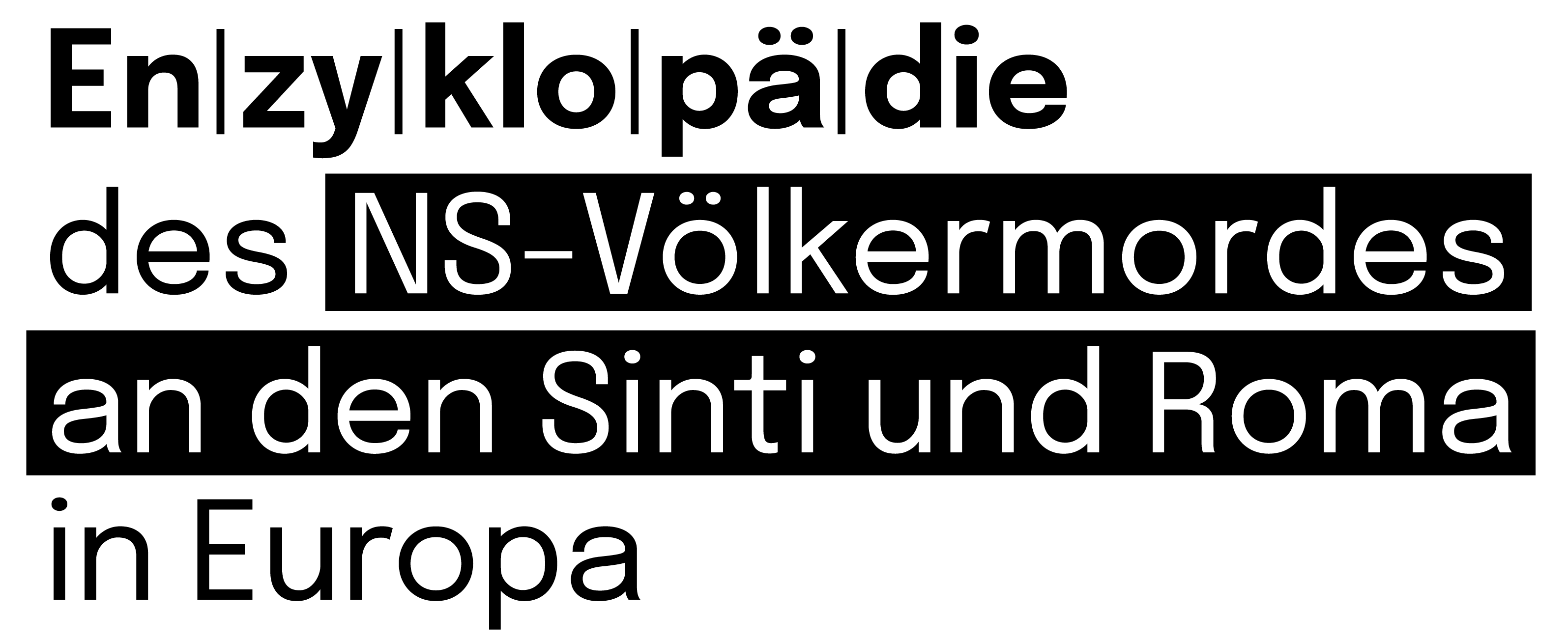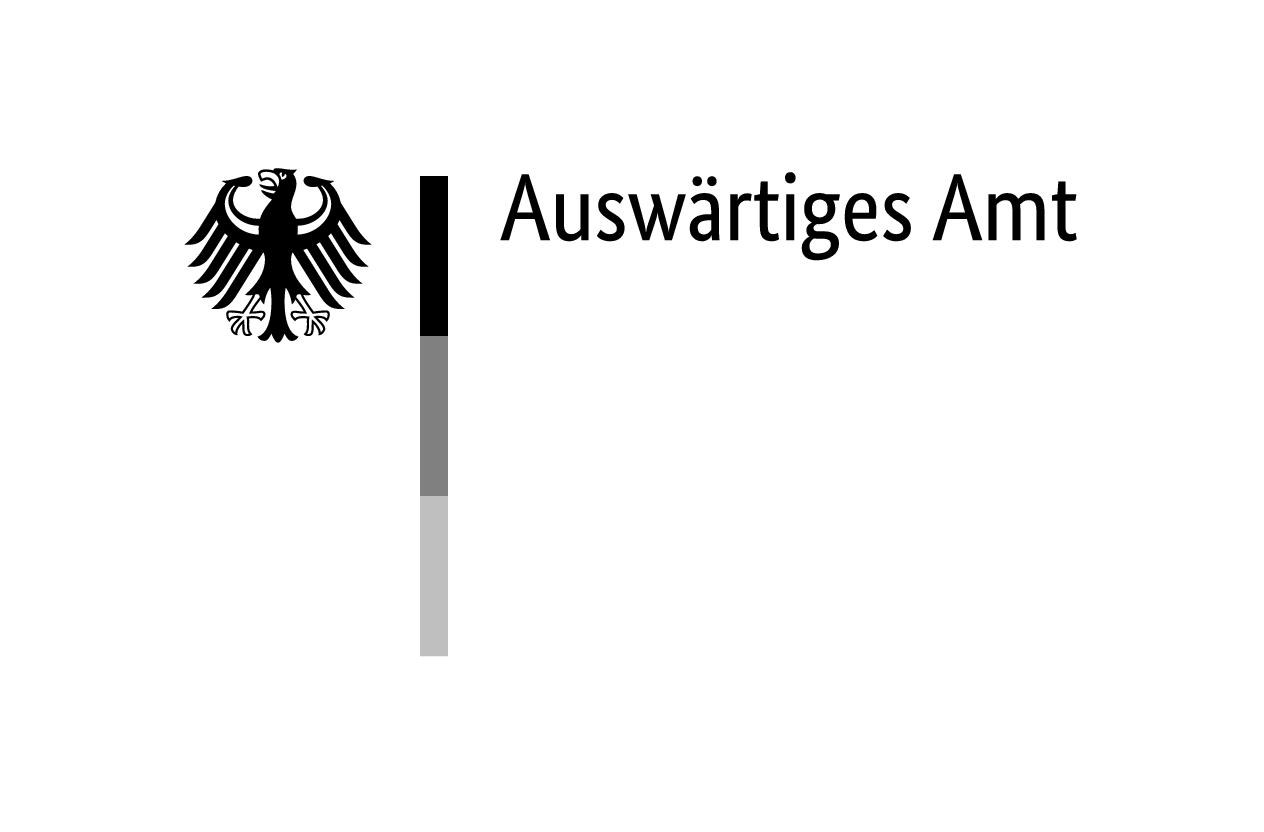Kislovodsk [German: Kislowodsk] is a town in the okrug of the same name in the former Ordzhonikidze krai, Russia, today’s Stavropol’ krai. The spa town was occupied without a fight on 14 August 1942 as part of ‘Operation Blue’ [‘Unternehmen Blau’] and remained under German occupation until 10 January 1943, under the authority of the Commander of Rear Army Area 531 [Kommandeur des rückwärtigen Armeegebietes, Korück 531].
The administration of the town was taken over by the Local Command I/933 [Ortskommandantur, OK I/933], which was subordinate to Field Command 248 [Feldkommandantur, FK 248] in Piatigorsk. Soon after the capture of Kislovodsk, a detachment of Einsatzkommando 12 (EK 12) of Einsatzgruppe D arrived.
One of the first measures taken by the German military administration in August 1942 was the registration and badging of the Jewish population of Kislovodsk, the majority of whom were evacuees and refugees from the beginning of the war. A ‘Jewish Committee’ had to ensure the full implementation of the measures ordered.
On 9 September 1942, between 1,800 and 2,000 Jewish men, women and children who had responded to the EK 12’s call for supposed ‘resettlement’ were deported on a goods train to a glassworks near Mineral’nye Vody and murdered using gas vans. The killing operation lasted until late in the evening. The bodies of the murdered were buried in an anti-tank ditch near the glassworks.
Prior to the large-scale killing operation, a separate mass shooting had already taken place in the Kislovodsk district. According to Soviet investigations, it involved between 100 and 150 Jews, Roma and Russians, the majority of whom were women and children who had fled or been evacuated from Crimea in the summer of 1941 and had found refuge in the North Caucasus towns of Borgustanskaia and Bekeshevskaia. There they came under German occupation in August 1942.
The occupying forces arrested the non-local evacuees and refugees, deported them to Kislovodsk in the east and held them in the building of school no. 16, which had been converted into an internment camp. According to the school guard [storozh shkoly] Ignatii Akimovich Jarys’ko (biographical data unknown), who became the main witness to the subsequent events,1GARF, f. 7021, op. 17, d. 5, ll. 68-68ob, Statement of the witness Ignatii Akimovich Jarys’ko to the Extraordinary State Commission (handwritten original), 30 June 1943. A certified copy of the document can be found in RGASPI, f. 269, op. 1, d. 26, ll. 18–19. the camp was guarded around the clock by local policemen. As the prisoners did not receive any food, individual family members were allowed to beg for food in the town during the day.
On 6 September 1942, the school building was surrounded by German ‘Gestapo men’ and local policemen—probably members of the EK 12 and the Caucasian Battalion—and the inmates were loaded onto lorries. The victims were driven across the Podkumok River towards the so-called Ring Mountain [Kol’tso-gora] and shot in a ravine.
According to the Extraordinary State Commission, 47 of the victims were children under the age of 15, including small children and infants. The exact number of Roma among them is not known.




